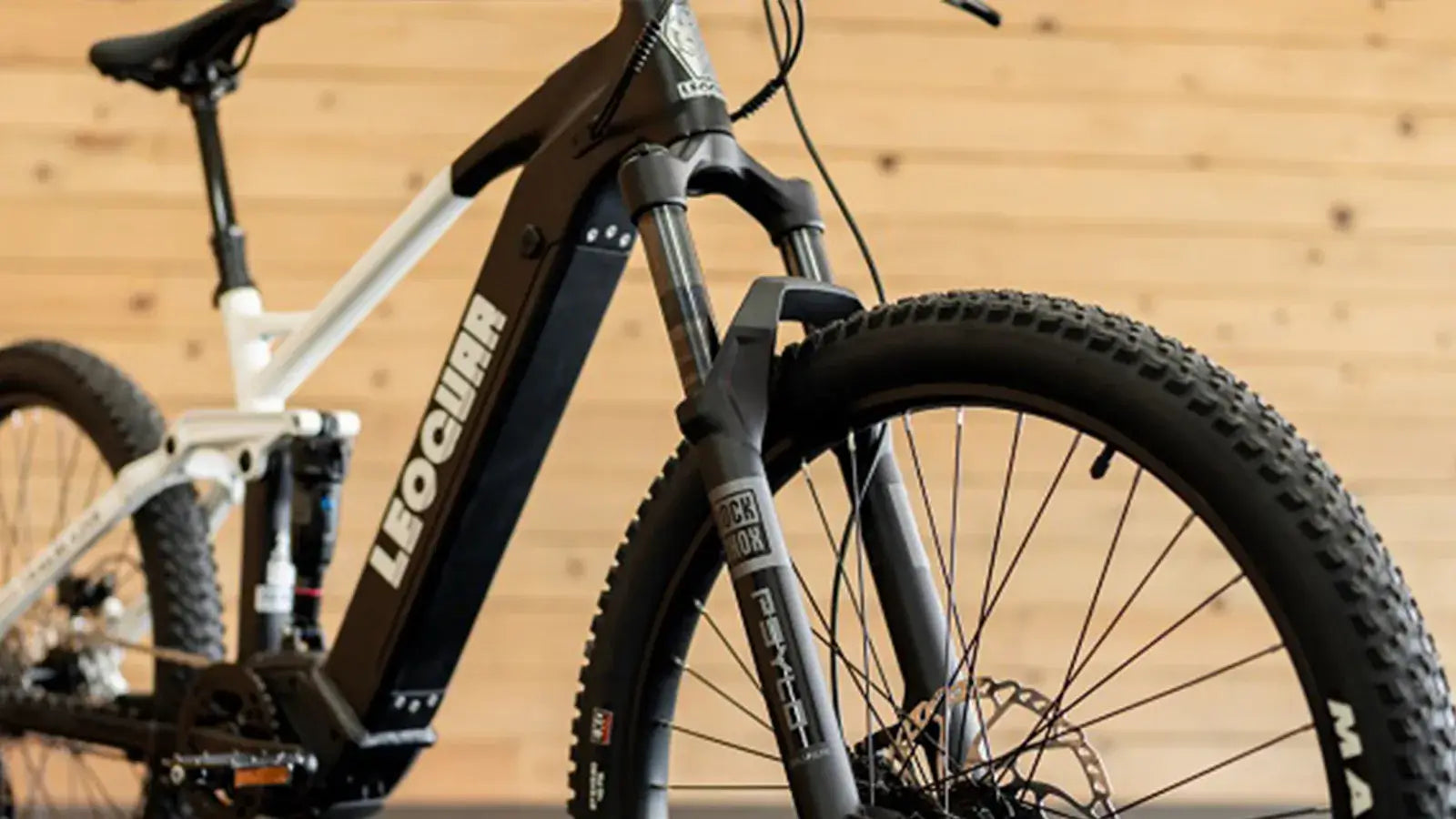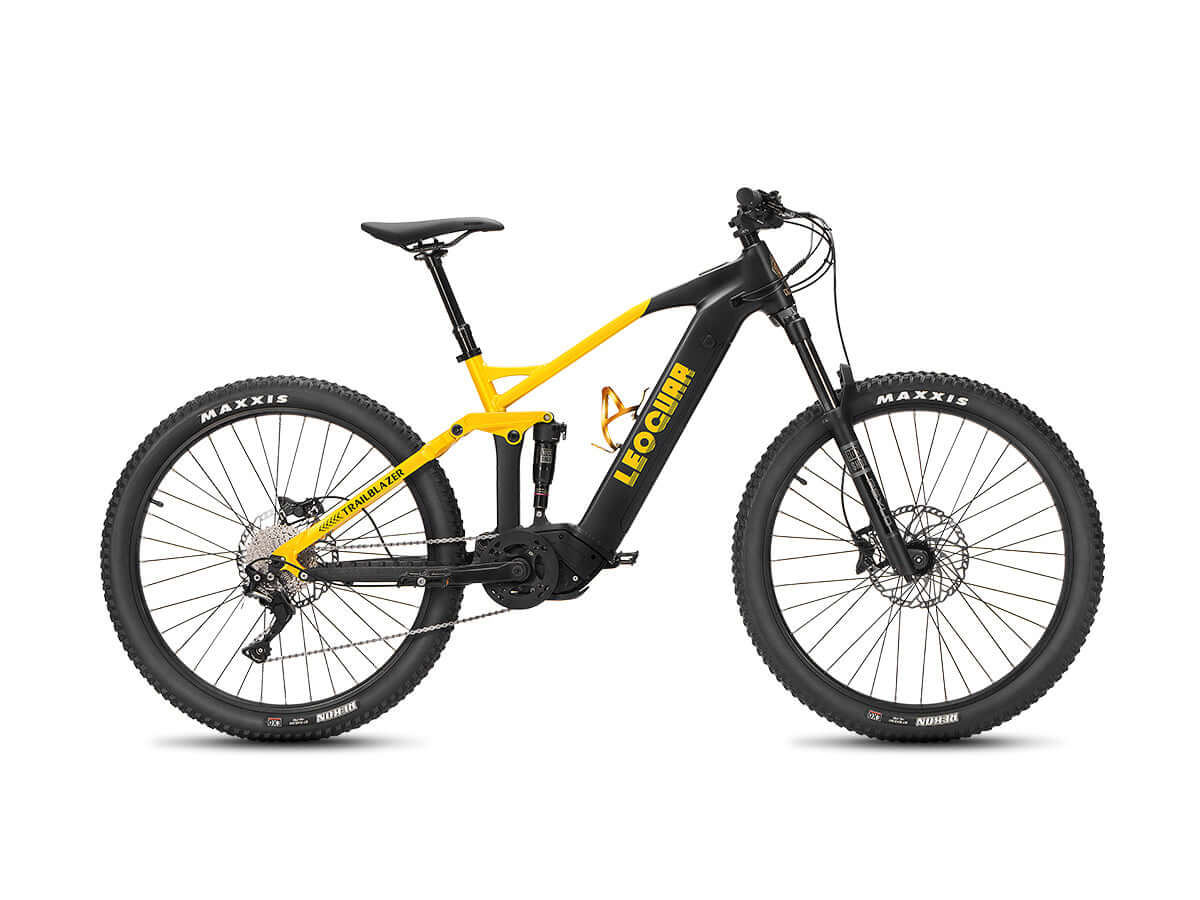
Are Electric Bikes Street Legal or Treated Like Motorcycles?
The Short Answer
Yes, most electric bikes are street legal in the United States. They are not treated like motorcycles if they meet specific federal and state rules. The confusion happens because the market has many powerful two-wheelers that blur the legal lines, making it important for riders to understand the differences.
This guide will explain the federal 3-class system that controls what makes an e-bike street legal. It will also clarify when a vehicle crosses the line into motorcycle territory and provide a practical checklist to ensure you are riding legally and safely.
The 3-Class System
The foundation of e-bike law in the U.S. is the 3-Class system. Most states have adopted this framework to create a clear standard for manufacturers, retailers, and riders. This system comes from a federal law definition of a low-speed electric bicycle, which defines an e-bike as a two- or three-wheeled vehicle with fully working pedals, an electric motor of less than 750 watts (1 h.p.), and a top motor-assisted speed of less than 20 mph. States have built upon this to create three distinct classes.
The Three Classes Explained
Understanding which class your e-bike falls into is the first step to knowing where you can legally ride it. The main differences relate to how the motor is turned on and its top assisted speed.
| Class | Motor Activation | Top Assisted Speed | Common Riding Areas |
|---|---|---|---|
| Class 1 | Pedal-Assist Only | 20 mph | Allowed on most public roads, bike lanes, and multi-use paths where traditional bikes are permitted. |
| Class 2 | Throttle-on-Demand | 20 mph | Same as Class 1, generally allowed wherever bicycles are. The throttle makes it popular for commuting. |
| Class 3 | Pedal-Assist Only | 28 mph | Typically restricted to roadways and on-street bike lanes. Often prohibited from multi-use paths and sidewalks. May have age and helmet requirements. |
Your E-Bike's Class Sticker
A compliant electric bike sold in the U.S. must have a manufacturer's sticker attached to it. This label clearly states the bike's Class (1, 2, or 3), its top assisted speed, and the motor's wattage. This sticker is your main proof of compliance. It tells law enforcement, park rangers, and trail managers what type of vehicle you are operating and helps determine if you are riding in a permitted area. If an e-bike you're considering doesn't have this sticker, it's a major red flag.
Crossing the Legal Line
An electric vehicle stops being an "e-bike" and legally becomes a motor vehicle—like a moped or electric motorcycle—when it exceeds specific performance limits. Understanding these boundaries is important, as the legal consequences are serious.
The Three Red Flags
There are three main triggers that push a vehicle out of the e-bike classification and into a category controlled by the DMV.
- Motor Power Exceeds 750W: The federal definition caps e-bike motors at 750 watts (which is equal to 1 horsepower). Many states have adopted this same power limit. A vehicle with a motor rated higher than 750W is not legally an electric bicycle.
- Speed Capability is Too High: If the motor can assist a rider beyond 28 mph (the limit for Class 3), it is no longer an e-bike. Likewise, if a throttle-equipped bike can move itself faster than 20 mph without pedaling, it falls outside the Class 2 definition.
- Lack of Working Pedals: This is a clear line. To be an electric bicycle, the vehicle must have functional pedals that can move it.
If it only has footpegs or non-functional pedals, it is legally a moped, scooter, or electric motorcycle, regardless of its power.
Legal Consequences of Reclassification
Once a vehicle crosses these lines, it is no longer subject to bicycle laws. It is reclassified as a moped, motor-driven cycle, or electric motorcycle, depending on its specific speed and power. This change means it is now subject to state DMV rules, which typically include:
- Vehicle Registration and a License Plate: The vehicle must be registered with the state and display a valid license plate.
- Driver's License and Endorsement: The operator must have a valid driver's license, often with a specific motorcycle endorsement (M-class).
- Required Insurance: The vehicle must be covered by a liability insurance policy, just like a car or motorcycle.
Riding an unregistered and uninsured motor vehicle on public roads can lead to severe penalties. As an example of how states draw these lines, review the clear distinctions made in state regulations for electric bicycles, which separate them from mopeds and other motor vehicles.
The "Super E-Bike" Grey Zone
A growing challenge for riders and regulators is the rise of high-powered electric vehicles wrongly marketed as "e-bikes." These "super e-bikes" or "e-motos" exist in a dangerous legal grey area.
The "E-Moto Problem"
We define an "e-moto" as a vehicle that looks like a bicycle but has performance capabilities far exceeding legal e-bike limits—think 2000W to 5000W+ motors and top speeds of 40-60 mph. These are, by law, electric motorcycles. However, they are often sold online without the necessary information about legal requirements. This has led to widespread public concern over unregulated e-bikes being used illegally on bike paths and roads by unlicensed and uninsured riders, creating major safety hazards and prompting calls for stricter enforcement.
Deceptive Marketing vs. Reality
The core of the problem lies in misleading marketing. Sellers often use the term "street legal" without context. A 5000W e-moto is street legal, but only when registered, insured, and operated as an electric motorcycle by a licensed rider. They are not street legal to be ridden under bicycle laws. This important distinction is frequently hidden. Marketing focuses on exciting power and speed while conveniently ignoring the legal responsibilities that come with them. Phrases like "off-road mode" or "unlocked speed" are clues that the vehicle's default settings may not be legal for public roads.
Risks for the Uninformed Rider
Operating one of these unclassified e-motos as if it were a simple bicycle carries major risks that sellers rarely disclose.
- Legal Risks: If you are involved in a traffic stop or an accident, you could face heavy fines for operating an unregistered motor vehicle, riding without a license, and riding without insurance. The vehicle could also be taken away.
- Financial Risks: A standard homeowner's or renter's insurance policy will not cover liability for an accident on a vehicle that is legally an electric motorcycle. In the event of an accident where you are at fault, you could be held personally and financially responsible for all damages and injuries.
- Safety Risks: These vehicles are not built to motorcycle safety standards. They often lack DOT-approved tires, mirrors, turn signals, and brake lights.
More importantly, their frames, brakes, and suspension parts are not designed or tested to handle motorcycle speeds, creating a high risk of serious failure.

A Rider's Street Legal Checklist
To navigate the market confidently, we use a simple evaluation process. This checklist will help you verify that the electric bike you buy and ride is fully street legal.
Before You Buy
- Check the Core Specs: Look for the motor wattage and top assisted speed. To be a legal e-bike, the motor must be 750W or less. The top speed should be 20 mph for a Class 1 or 2, and 28 mph for a Class 3.
- Verify the Class Sticker: Does the bike have a sticker from the manufacturer listing its Class, top speed, and wattage? If not, walk away. This sticker is your proof of compliance.
- Confirm It Has Working Pedals: No functional pedals, no e-bike classification. It's that simple. If it only has footpegs, it's a motor vehicle.
- Look Carefully at the Marketing: Be skeptical of bikes advertised with extreme power (e.g., "3000W peak power") or speed. If a seller is promoting a 40 mph top speed but doesn't mention registration and licensing, they are misleading you.
Before You Ride
- Know Your Local Laws: The 3-Class system is the foundation, but state and local laws add another layer. Check your city or state's Department of Transportation website. Key things to look for are helmet laws (many states require them for Class 3 riders or all riders under 18), minimum age requirements (often 16 for Class 3), and rules about sidewalk riding (almost always prohibited).
- Understand Path and Trail Access: Don't assume you can ride everywhere. Class 1 and 2 e-bikes are generally allowed on multi-use paths, but Class 3 e-bikes are often banned from them to protect pedestrians and slower cyclists. Always look for posted signs at trailheads.
- Do Not Modify for Speed: Many powerful e-bikes can be "unlocked" via software to go faster than their legal limit. Doing so instantly voids their classification and turns them into an illegal, unregistered motor vehicle. It can also void your warranty.
Frequently Asked Questions
1. Do I need a license or insurance for a street legal e-bike?
For a compliant Class 1, 2, or 3 electric bike, you do not need a driver's license, registration, or insurance. These requirements only apply once a vehicle is powerful or fast enough to be classified as a moped or electric motorcycle.
2. Can I ride my e-bike on the sidewalk?
Almost certainly not. Most towns and cities prohibit all bicycles, including e-bikes, from being ridden on sidewalks for pedestrian safety. It's a traffic violation that can result in a fine. Always ride on the street or in a designated bike lane.
3. What happens if I modify my e-bike to go faster?
If you modify your e-bike's motor or controller to exceed its classified speed limit (e.g., making a Class 2 go 30 mph with the throttle), you have legally created an unregistered motor vehicle. The manufacturer's classification sticker becomes invalid, and you could face significant legal and financial penalties if caught or in an accident.
4. Are there age restrictions for riding an e-bike?
Yes, often there are. While many states have no minimum age for Class 1 and 2 e-bikes, a growing number require riders to be at least 16 years old to operate a Class 3 e-bike. Always check your local regulations.
5. What's the difference between an e-bike and an electric motorcycle?
An e-bike has working pedals, a motor of 750W or less, and a top assisted speed of 28 mph or less. An electric motorcycle exceeds these limits and requires registration, insurance, and a motorcycle license to operate legally on public roads.
Conclusion
Riding an electric bike is a fantastic way to commute, exercise, and explore, and the good news is that doing so legally is straightforward. The key is to ensure your vehicle is a true electric bike that fits within the established 3-Class system.
By understanding the critical lines drawn by power, speed, and the presence of pedals, you can easily distinguish a street legal e-bike from an e-moto that requires registration and a license. Always prioritize bikes from reputable manufacturers that clearly display a classification sticker, and take a moment to check your local rules before you ride. Riding informed is riding safely.









































Leave a comment